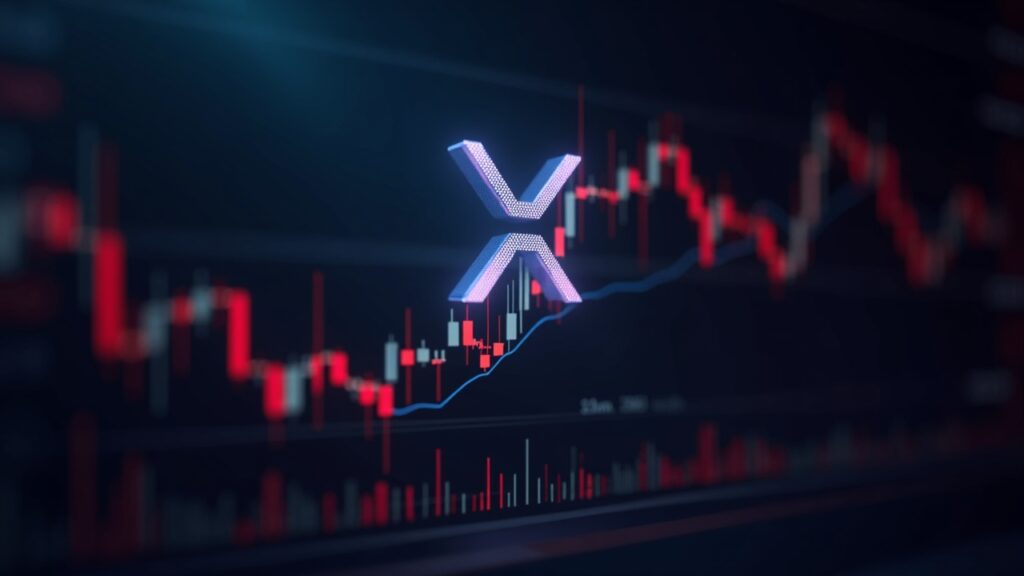XRP sits at $2.60, a level that aligns with key Fibonacci percentages and prior inflection points traders watch closely. What happens in the next few days will decide if the coin climbs further or drops fast, and anyone who borrowed to trade—as well as any company that keeps XRP on its books—feels the outcome.
The $2.60 line draws attention because multiple earlier lows and highs cluster there, and the Fibonacci tool marks it as a place where price has paused before. Fibonacci levels are just percentage lines—61.8%, 50%, 38.2%—drawn between a past high and low, and traders treat them as possible stopping points. If XRP stays above the line, the price might rest and then try to move higher; if it falls through on heavy trading, more sellers appear and the drop speeds up.
Order book dynamics and scenarios
The real driver is the order book around $2.60, where buy and sell orders, borrowed money, and book depth shape how violently the next move plays out. Derivatives traders face forced closures, and companies that count XRP as cash see their balance sheet swing. When price stands still while traders stare at the same level, options and futures open interest rises, a sign that bets are piling up.
Two clear outcomes dominate the near-term path. Outcome one: bulls defend $2.60, confidence grows, and fresh buying lifts the price toward the next ceiling. Outcome two: bears punch through, volume spikes, leveraged longs get closed by the exchange, and the fall sharpens.
Until public order flow data arrives, both paths stay on the table and analysts treat them as rough odds, not certainties. Watch for a high-volume candle that closes well above or below $2.60; that print alone tells if the next leg is a short-lived pullback or a new trend.

